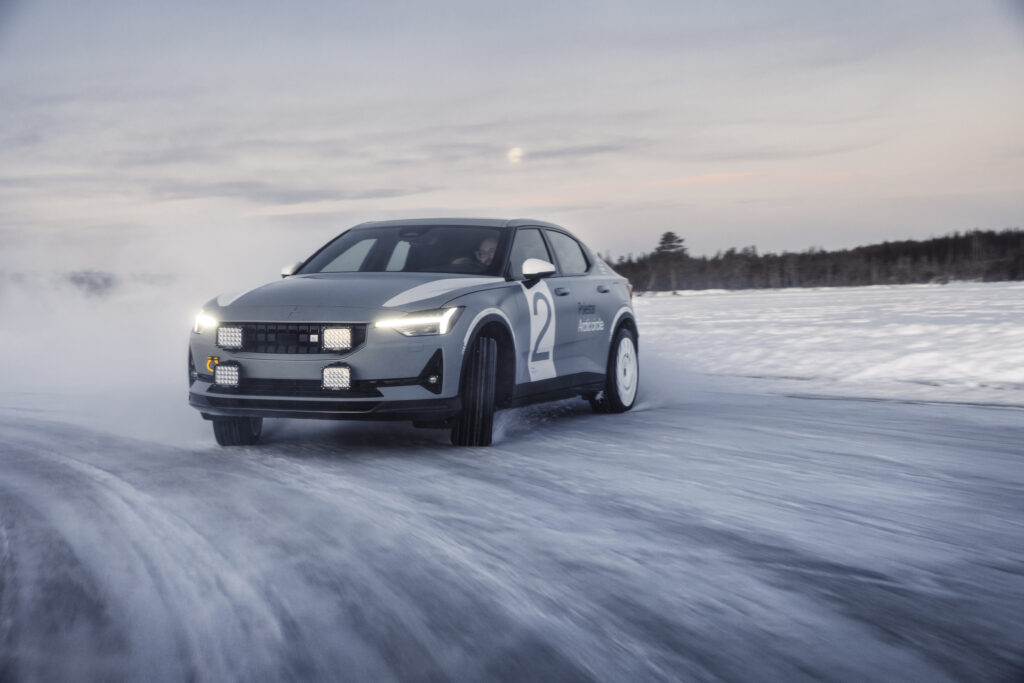Footage released by electric vehicle manufacturer Polestar – showing the Polestar 2 ‘Arctic Circle’ one-time-only showpiece in action in Sweden – emphasizes the importance of testing in winter conditions. According to the company, as a Swedish firm, it is these conditions in which Polestar’s engineering expertise can be properly put to the test.
Each winter test program for a new vehicle variant takes place in the Arctic Circle at over 66° north, and runs for 15 weeks from December to March every year, with teams of engineers pushing prototypes – and themselves – to the limit, in temperatures as low as -35°C.
Joakim Rydholm, chief chassis engineer for Polestar, has led the dynamics development of Polestar vehicles for over a decade and advocates tuning in this environment. “Tuning a chassis on snow and ice allows us to develop the cars in what feels like slow motion and with better accuracy. With such low levels of grip, we can feel and analyze the dynamics at a much slower pace than on tarmac, which means we can really fine-tune the way our cars behave, down to the smallest details. This is my absolute favorite place to develop cars,” he said.
The Polestar 2 ‘Arctic Circle’, which will not be put into production, is designed to bring winter rally inspiration to a Polestar for the first time.
“I wanted to have more fun than usual with this car – really being able to push it in terms of performance and handling in a winter environment like a frozen lake. The balance and predictability we have achieved with the raised ride height and specialized tires are particularly noticeable when you enter a bend completely sideways, with a bigger-than-usual smile on your face, and in total control,” commented Rydholm.


